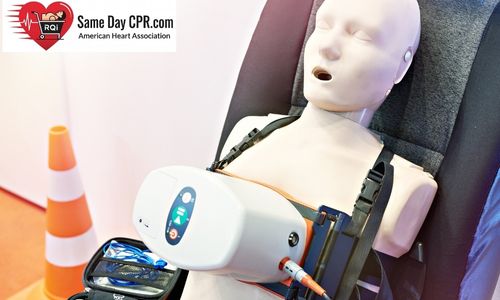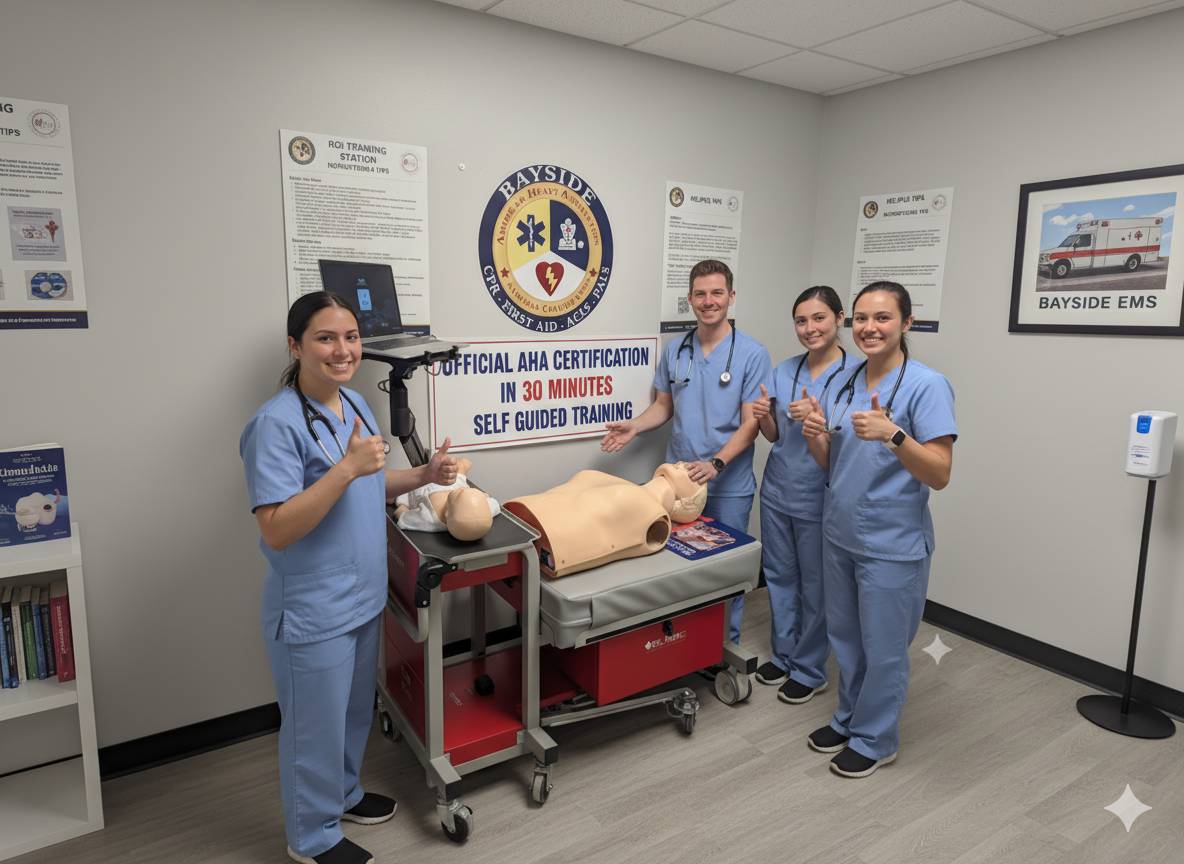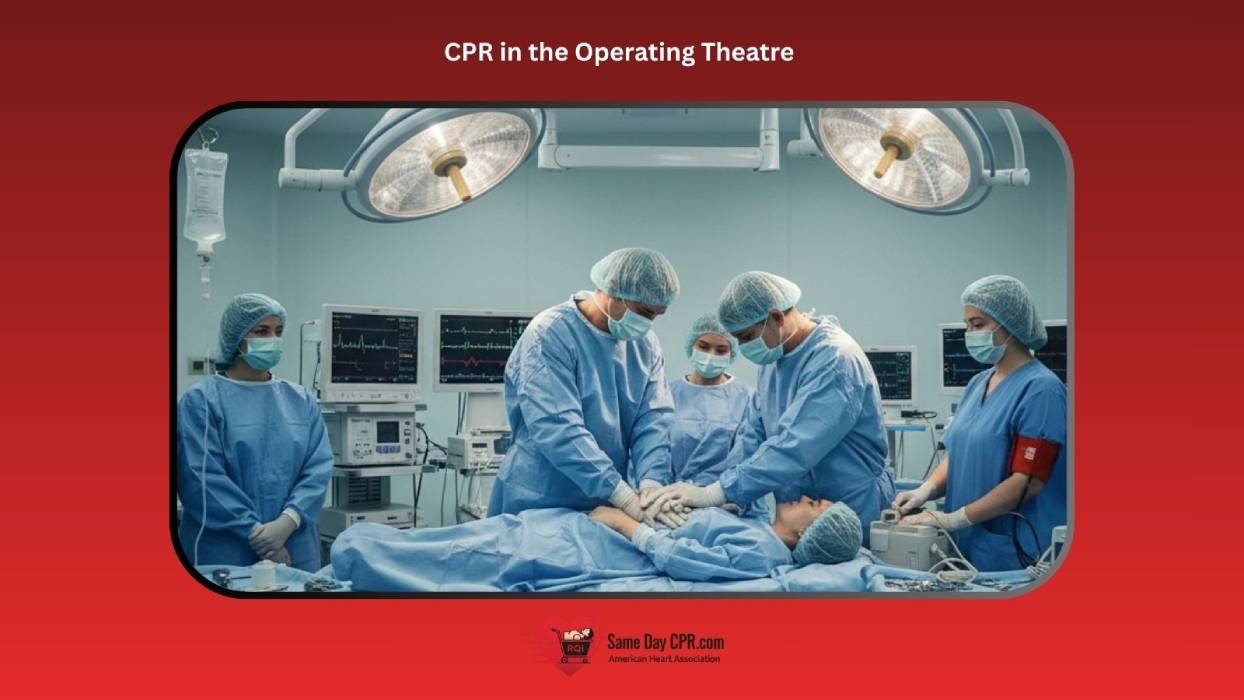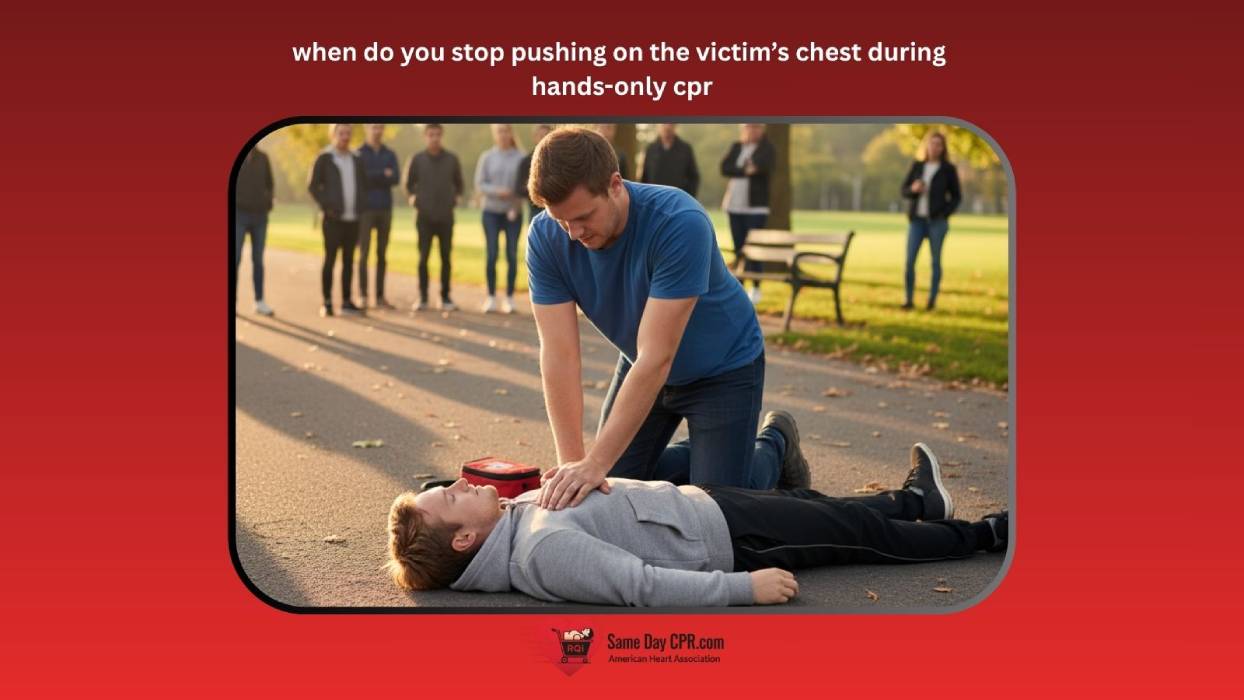Chest compression is a vital component of cardiopulmonary resuscitation (CPR). Effective CPR can save lives, but studies show that even trained professionals often struggle to maintain the correct depth, rate, and consistency of compressions during an emergency. This is where a chest compression feedback device comes into play. These devices are designed to help healthcare providers and trained rescuers perform high-quality CPR by monitoring and providing real-time feedback on their compressions. In this article, we will explain what a chest compression feedback device monitors, why it is important, and how it can improve survival rates in cardiac arrest situations.
Understanding Chest Compressions in CPR
Before diving into the details of feedback devices, it is important to understand the role of chest compressions in CPR. When a person experiences cardiac arrest, the heart stops pumping blood effectively. Chest compressions manually circulate blood to vital organs, including the brain and heart. High-quality compressions are critical because they increase the chances of survival and reduce the risk of permanent organ damage.
The quality of chest compressions is determined by several factors:
- Depth of Compression: The chest must be compressed to the correct depth to create enough pressure to circulate blood. Current guidelines recommend a depth of 2 to 2.4 inches (5 to 6 centimeters) for adults.
- Compression Rate: The speed at which compressions are performed is equally important. Experts recommend 100 to 120 compressions per minute. Too slow or too fast can reduce blood circulation efficiency.
- Full Chest Recoil: After each compression, the chest must return to its original position. This allows the heart to refill with blood.
- Hand Placement and Technique: Proper hand placement ensures that the compressions are effective and reduces the risk of injury to the patient.
Maintaining these parameters consistently can be challenging, especially during prolonged resuscitation efforts. Even experienced professionals can experience fatigue, which may reduce the quality of compressions.
What is a Chest Compression Feedback Device?
A chest compression feedback device is a tool that assists rescuers by monitoring their CPR performance in real-time. These devices can be electronic sensors, wearable devices, or integrated into CPR manikins for training purposes. In emergency scenarios, feedback devices are used with real patients to ensure the CPR being performed meets established guidelines.
The device usually provides immediate visual or auditory cues to the rescuer, alerting them if the compression depth, rate, or technique is not optimal. This allows for adjustments on the spot, improving the overall quality of CPR.
Key Parameters Monitored by a Chest Compression Feedback Device
Chest compression feedback devices monitor several critical factors to ensure effective CPR. Here are the main parameters:
1. Compression Depth
One of the most important aspects of effective CPR is compressing the chest to the correct depth. Chest compression feedback devices measure the distance the chest moves during each compression.
- Why it matters: If compressions are too shallow, blood may not circulate properly. If they are too deep, there is a risk of causing injury, such as broken ribs or damage to internal organs.
- How the device helps: The device provides immediate feedback, often through lights, sounds, or a digital display, indicating whether the compression depth is within the recommended range.
2. Compression Rate
Maintaining a consistent compression rate is essential for adequate blood flow. The feedback device measures how fast compressions are performed and compares them to recommended standards.
- Why it matters: Too slow or too fast compressions can reduce blood circulation and limit the effectiveness of CPR.
- How the device helps: The device may emit a beep or visual signal to guide the rescuer to speed up or slow down compressions to stay within the ideal range of 100 to 120 compressions per minute.
3. Chest Recoil
Full chest recoil is necessary for the heart to refill with blood between compressions. Some feedback devices monitor the amount of chest recoil.
- Why it matters: Incomplete recoil reduces the volume of blood being pumped, limiting the effectiveness of CPR.
- How the device helps: Feedback devices can alert rescuers if they are leaning on the chest or not allowing it to fully expand, reminding them to release pressure completely after each compression.
4. Hand Placement and Position
Correct hand placement ensures that compressions are effective and minimizes the risk of injury. Some advanced feedback devices can detect hand position.
- Why it matters: Misplaced hands may reduce the efficiency of blood circulation and increase the risk of injury.
- How the device helps: Visual cues or sensor-based alerts guide the rescuer to adjust their hand position to the correct spot on the chest.
5. Compression Fraction
Compression fraction refers to the percentage of total CPR time during which compressions are being actively performed. Feedback devices track the proportion of time compressions are delivered without unnecessary pauses.
- Why it matters: Continuous compressions with minimal interruptions improve the likelihood of survival during cardiac arrest.
- How the device helps: The device tracks pause durations and encourages rescuers to minimize interruptions.
Types of Chest Compression Feedback Devices
Chest compression feedback devices come in different forms, each designed for a specific purpose.
1. CPR Manikins for Training
These devices are integrated into CPR manikins used for training. They provide real-time feedback to students practicing CPR, helping them develop correct technique before performing CPR on real patients.
- Features: Depth and rate sensors, hand placement guides, visual and audio feedback, and performance scoring.
2. Wearable or Handheld Devices
These devices can be attached to the chest of the patient during CPR. They provide immediate feedback to the rescuer performing compressions.
- Features: Depth and rate measurement, chest recoil alerts, compression fraction tracking, and sometimes even smartphone connectivity for real-time monitoring.
3. Integrated Defibrillators
Some advanced automated external defibrillators (AEDs) come with built-in CPR feedback technology. These devices guide rescuers not only in delivering shocks but also in performing high-quality chest compressions.
- Features: Integrated audio prompts, visual indicators, compression depth and rate monitoring, and data recording for later review.
Benefits of Using a Chest Compression Feedback Device
Using a chest compression feedback device offers numerous benefits, both in training and real-life scenarios:
1. Improved CPR Quality
Studies show that feedback devices significantly improve compression depth, rate, and consistency. This directly increases the likelihood of successful resuscitation.
2. Reduced Rescuer Fatigue
By providing continuous feedback, these devices help rescuers pace themselves correctly, reducing the physical strain of performing CPR and helping maintain quality compressions over time.
3. Training and Skill Retention
Feedback devices are essential tools for CPR training. Trainees can learn correct technique, receive immediate feedback, and track their progress. This ensures that skills are retained and applied correctly in real emergencies.
4. Better Survival Outcomes
High-quality CPR is closely linked to higher survival rates. Feedback devices help ensure that rescuers perform compressions that are within recommended guidelines, increasing the chances of a positive outcome for the patient.
5. Data Recording and Review
Some devices store performance data, which can be reviewed by instructors or medical professionals. This allows for quality improvement, training assessment, and identification of areas needing improvement.
How to Use a Chest Compression Feedback Device
Using a chest compression feedback device is straightforward, but proper understanding and training are necessary:
- Attach the Device Properly: If it is a wearable or handheld sensor, place it in the correct location on the patient’s chest as instructed by the manufacturer.
- Start CPR: Begin compressions at the recommended rate and depth.
- Follow Real-Time Feedback: Watch for visual or audio cues that indicate whether you need to adjust depth, rate, or hand position.
- Maintain Quality Throughout: Continue to monitor feedback to ensure consistent compressions until professional help arrives or the patient shows signs of recovery.
Limitations of Chest Compression Feedback Devices
While these devices are highly effective, it is important to understand their limitations:
- Dependency on Device: Rescuers should not become overly reliant on the device. Understanding proper CPR technique is still essential.
- Battery or Sensor Issues: Some devices may malfunction if the battery is low or the sensor is not properly attached.
- Cost: Advanced devices may be expensive, which can limit availability in some settings.
- Environmental Challenges: Extreme weather, uneven surfaces, or patient movement may affect device accuracy.
Conclusion
A chest compression feedback device is an invaluable tool for improving CPR quality and patient outcomes during cardiac arrest. By monitoring depth, rate, recoil, hand placement, and compression fraction, these devices guide rescuers to perform high-quality compressions in real-time. They are essential not only in training environments but also in real-life emergencies, ensuring that every compression counts.
Healthcare providers, first responders, and even trained laypersons can benefit from using feedback devices. With their guidance, CPR becomes more effective, rescuer fatigue is reduced, and the chances of survival for patients in cardiac arrest are significantly increased.
Understanding what a chest compression feedback device monitors helps both professionals and trainees develop better skills and confidence in delivering life-saving care. As technology advances, these devices will continue to play a critical role in enhancing the quality of CPR worldwide.








